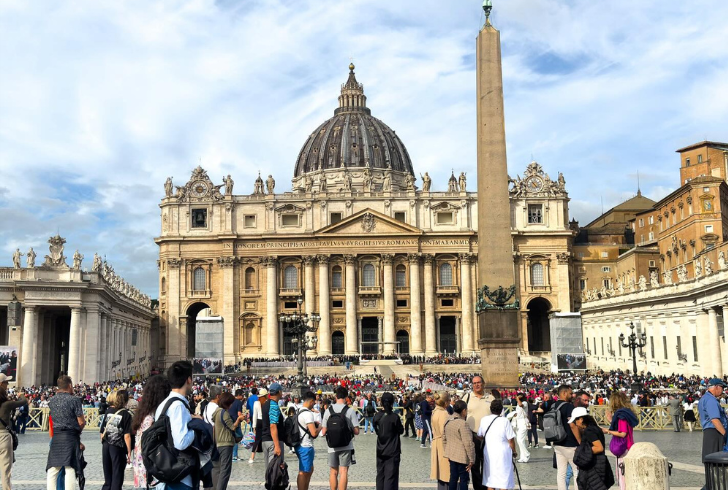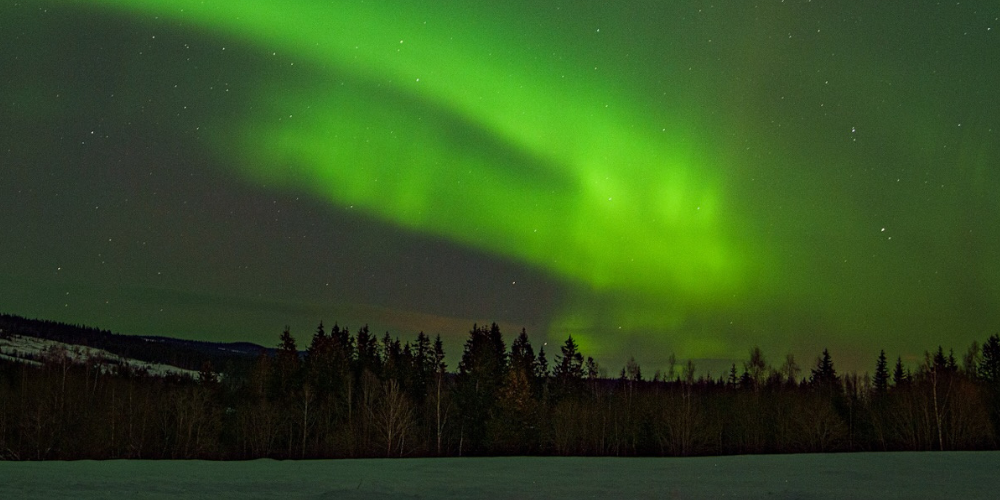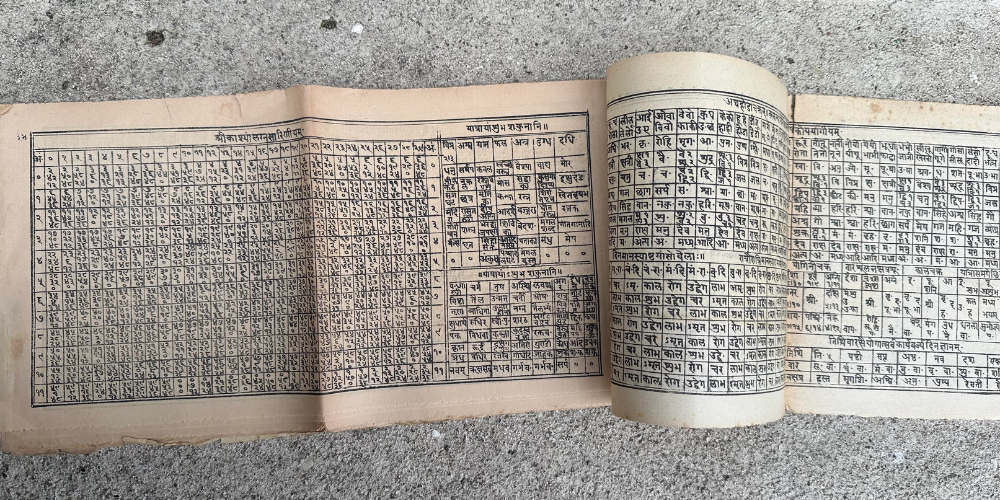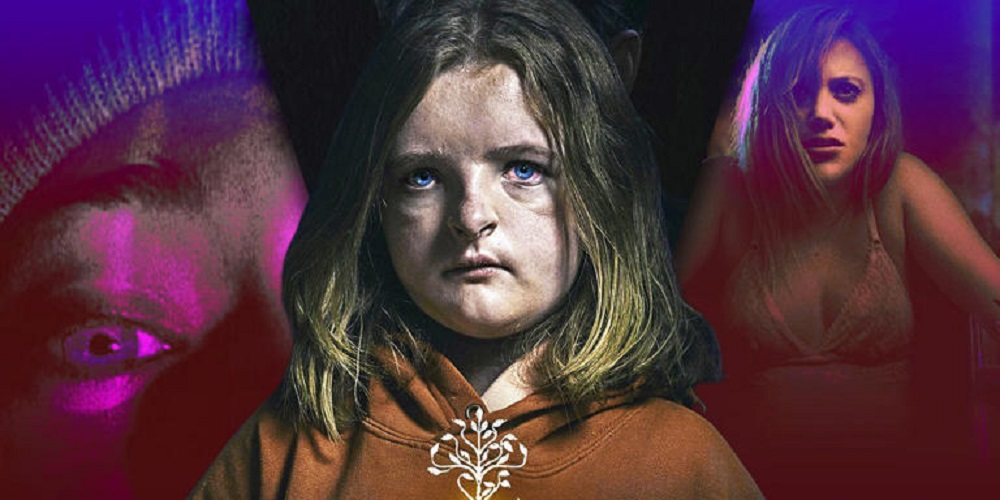The Catholic Church has always been a focal point for stories surrounding supernatural phenomena — events that many claim to be signs of divine intervention. From weeping statues to miraculous healings, the church has witnessed countless claims that have stirred the faith of millions.
However, in an era where rumors and misinformation spread easily, the Vatican has now introduced stricter guidelines for evaluating such occurrences. These new rules aim to ensure a more careful and thorough approach to assessing reports of supernatural phenomena while maintaining the credibility of the Church.
Vatican's Shift in Approach to Supernatural Phenomena
In a new document released by the Vatican's Dicastery for the Doctrine of the Faith, the church has called for heightened caution when it comes to acknowledging supernatural events. This updated guidance replaces the previous guidelines established back in 1978, reflecting the growing concern that certain claims may be exaggerated or fraudulent.

Instagram | ncregister | The Vatican has noted an increase in reported supernatural occurrences in recent times.
The Vatican recognizes that reports of supernatural phenomena have surged in recent years, largely fueled by the rise of social media. False claims, often spread quickly through online platforms, can cause confusion, promote divisiveness, and even lead to financial exploitation. To address these challenges, the Vatican has laid out clear instructions to bishops and clergy on how to handle such reports.
Key Changes in the Vatican's Approach
One of the most notable updates in the Vatican’s new guidelines is the introduction of a concept called "nihil obstat," meaning "no obstacle." This designation indicates that while a reported event will not be formally recognized as a supernatural occurrence, it will not prevent individuals from expressing devotion or engaging in worship related to the event. The church aims to avoid causing harm to the unity of the faith community, ensuring that no baseless claims disrupt the Church's credibility.
In addition to this, bishops now have several options when addressing reports of supernatural phenomena:
1. Complete Rejection - A bishop can decide that the event is not supernatural and issue a clear denial.
2. No Public Recognition - In some cases, bishops may allow the event to continue without official recognition from the Church.
3. Prohibition of Worship - In extreme cases, the bishop may even prohibit public worship or devotion related to a particular event.
Furthermore, the Vatican insists that bishops seek approval from the Vatican before making any official declarations regarding these events. This process helps maintain consistency and ensures that any potential misinformation is caught early.
The Role of Pilgrimages and Apparitions
Apparitions, or divine manifestations, have long been associated with pilgrimages to various sites across the globe. Locations such as Lourdes in France and Fatima in Portugal have become iconic for their alleged connections to supernatural phenomena. The Church has officially recognized these sites, and millions of faithful travel to these locations every year, seeking healing or spiritual renewal.
However, not all such phenomena have received official acknowledgment. For example, in 2016, an Italian woman claimed to experience regular apparitions of Jesus and the Virgin Mary in a small town in northern Italy. While her claims drew large crowds, the local bishop took eight years to debunk the authenticity of the story. The Vatican guidelines now aim to address similar situations swiftly, protecting the faithful from potentially misleading or manipulative events.
Protecting the Integrity of the Church

Instagram | kingtupas | New Vatican rules will shield the Church's reputation and maintain its unity.
The Vatican’s new rules are designed to safeguard the reputation and unity of the Catholic Church. The church is aware that false or exaggerated reports of supernatural phenomena can lead to scandals, which can harm the Church’s image and its relationship with believers.
One of the key goals of the new guidelines is to prevent the exploitation of supernatural phenomena for personal or financial gain. While many individuals genuinely believe in the authenticity of such events, others may see them as an opportunity to profit from people’s faith. The Vatican’s document encourages bishops to approach such cases with a critical eye, ensuring that any claims are thoroughly investigated before being acknowledged.
Moving Forward with Caution
The Vatican’s updated stance on supernatural phenomena reflects a desire to balance faith with discernment. The guidelines are not about dismissing or denying the existence of miraculous events, but rather about ensuring that any such claims are properly examined and validated. The Church recognizes the deep emotional and spiritual impact that these events can have on the faithful, but it also understands the need for caution in an age of rapid information sharing.
By instituting a more rigorous approach to the investigation of supernatural phenomena, the Vatican aims to protect its followers, uphold its credibility, and avoid the spread of misinformation. While this may mean that fewer reports are officially recognized, the Church hopes that this careful scrutiny will foster a more grounded and sincere relationship between the faithful and their spiritual beliefs.





